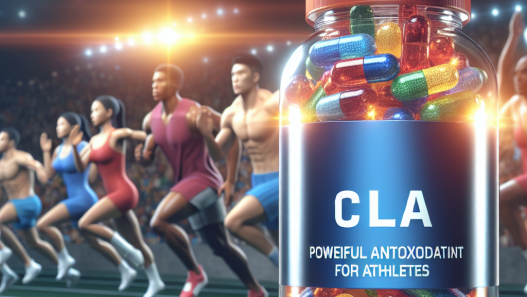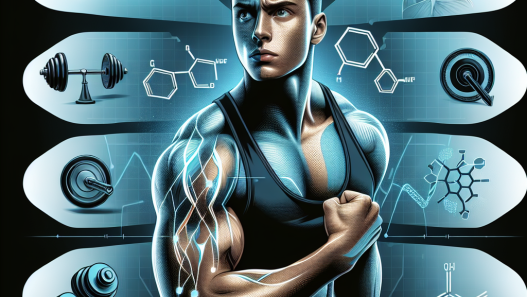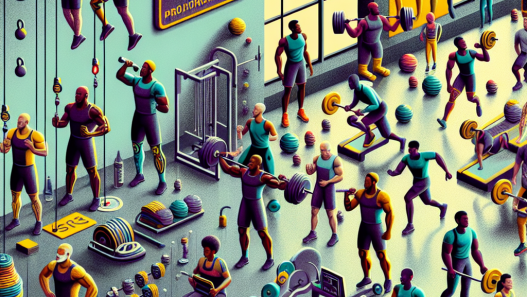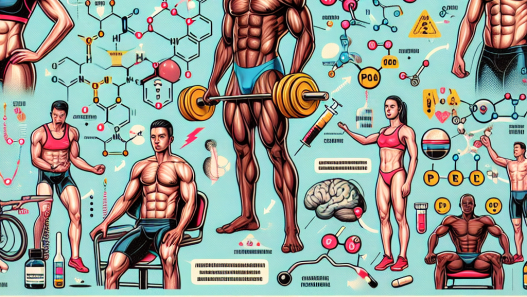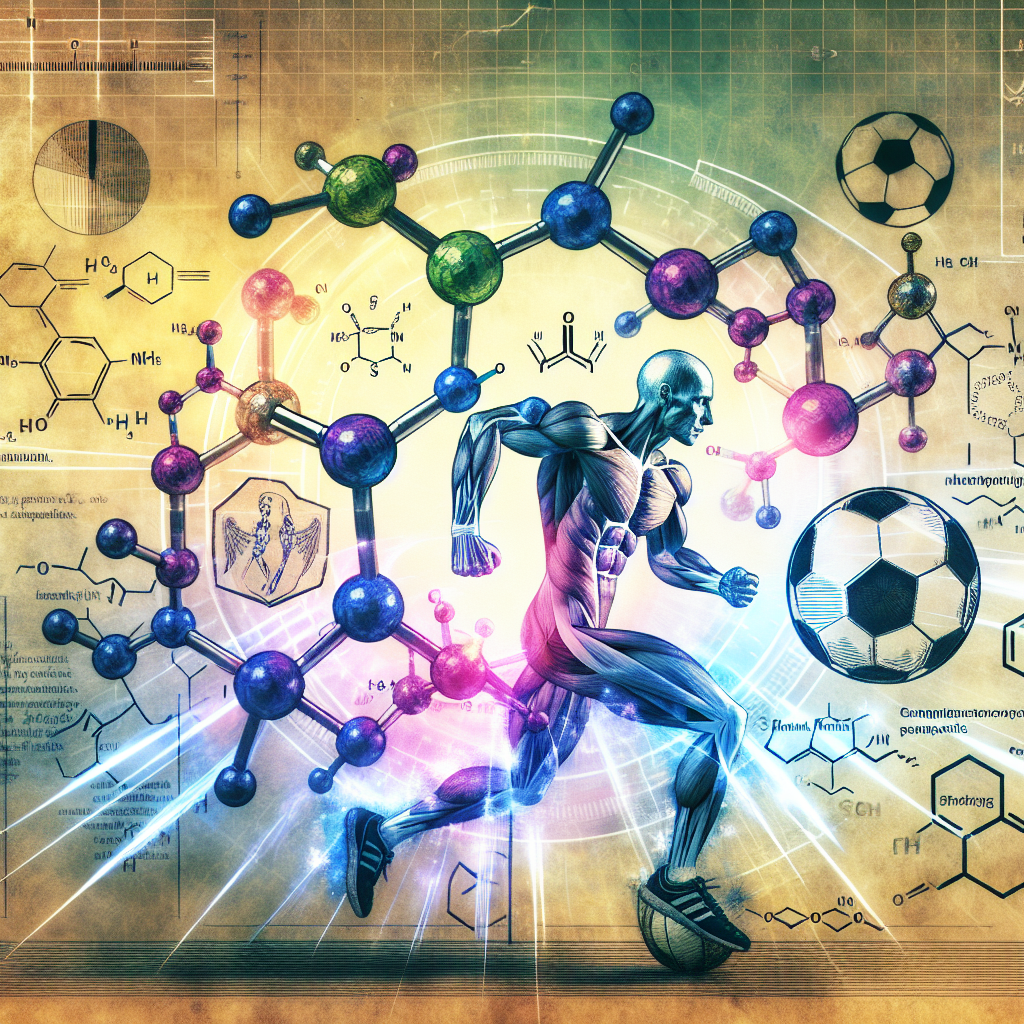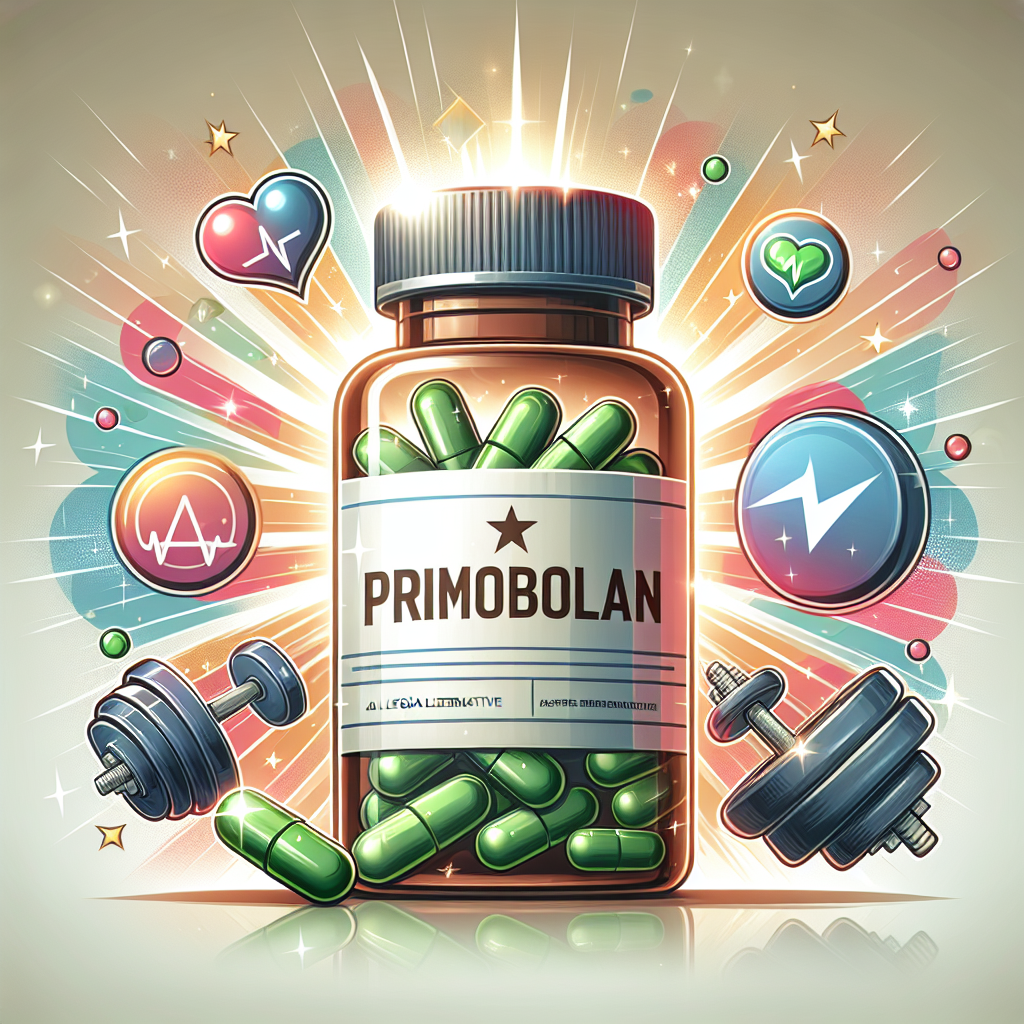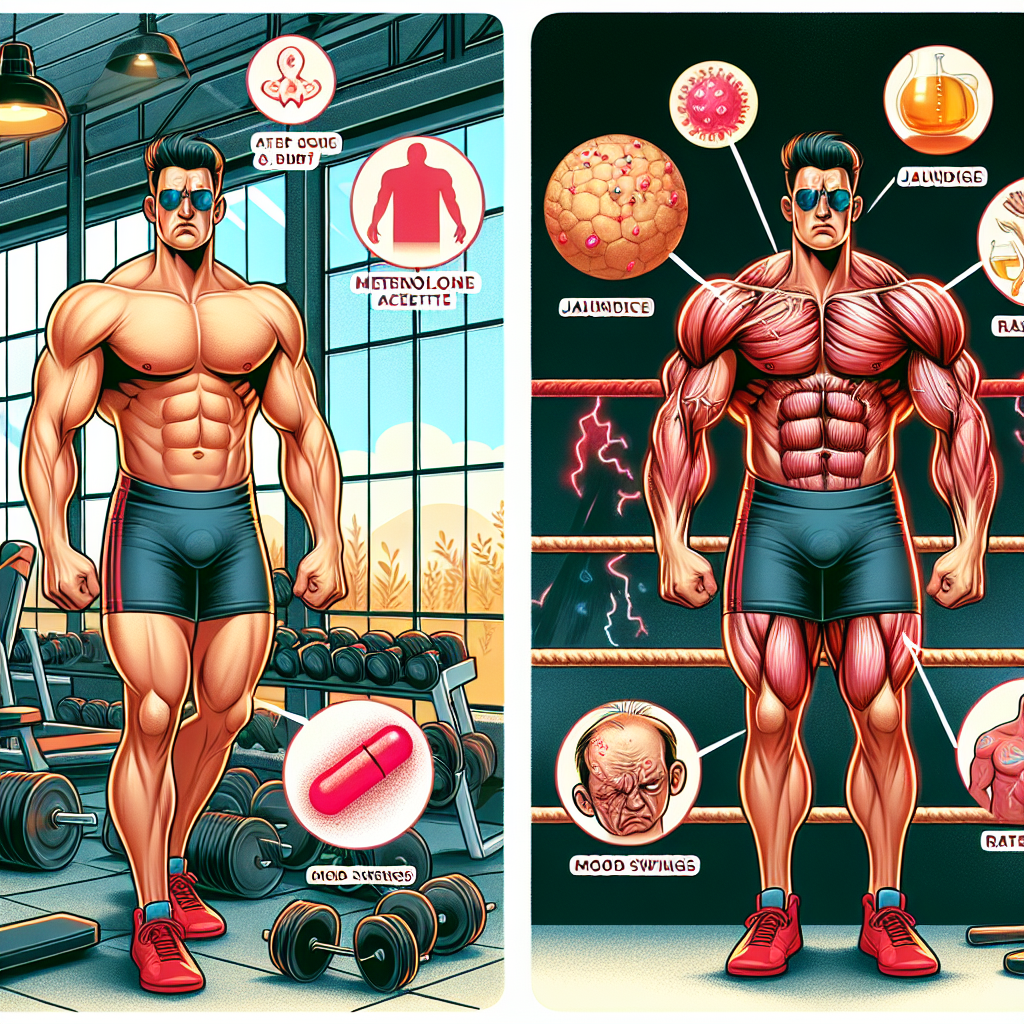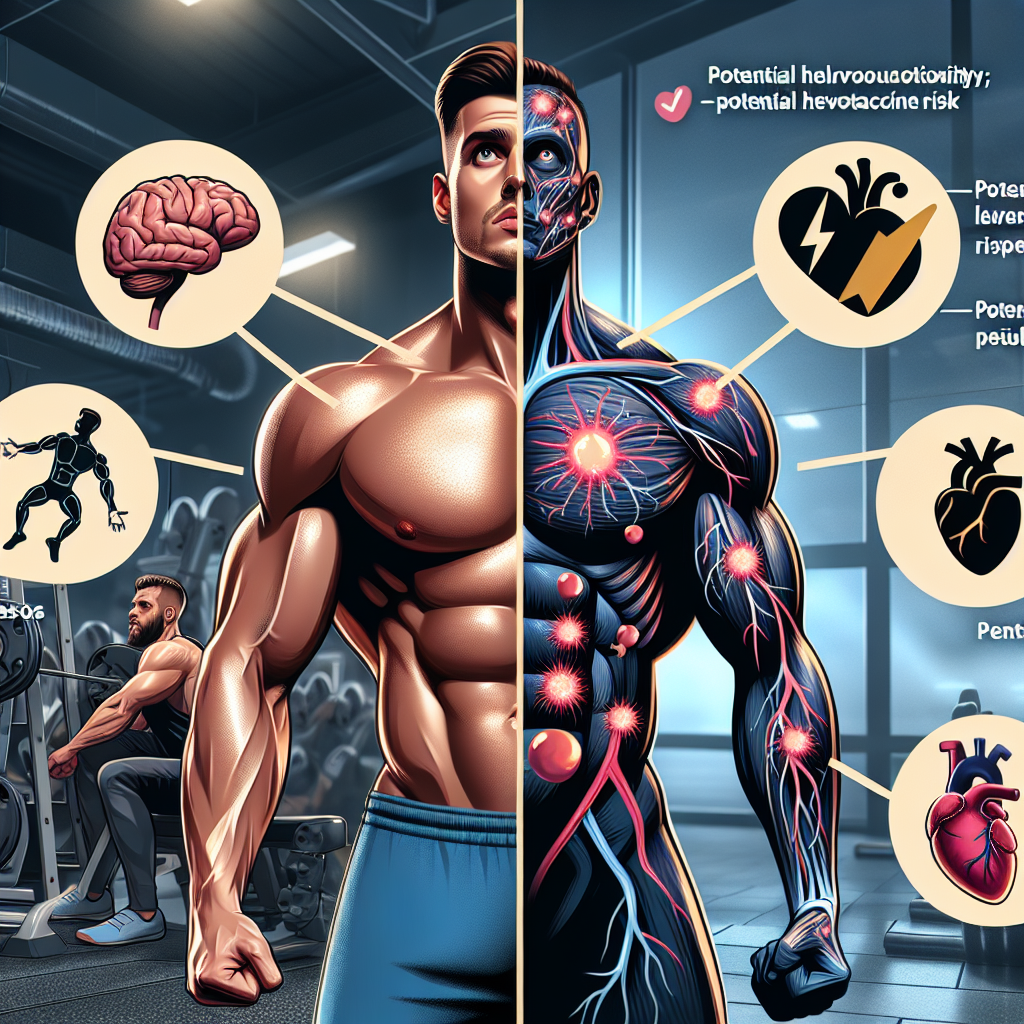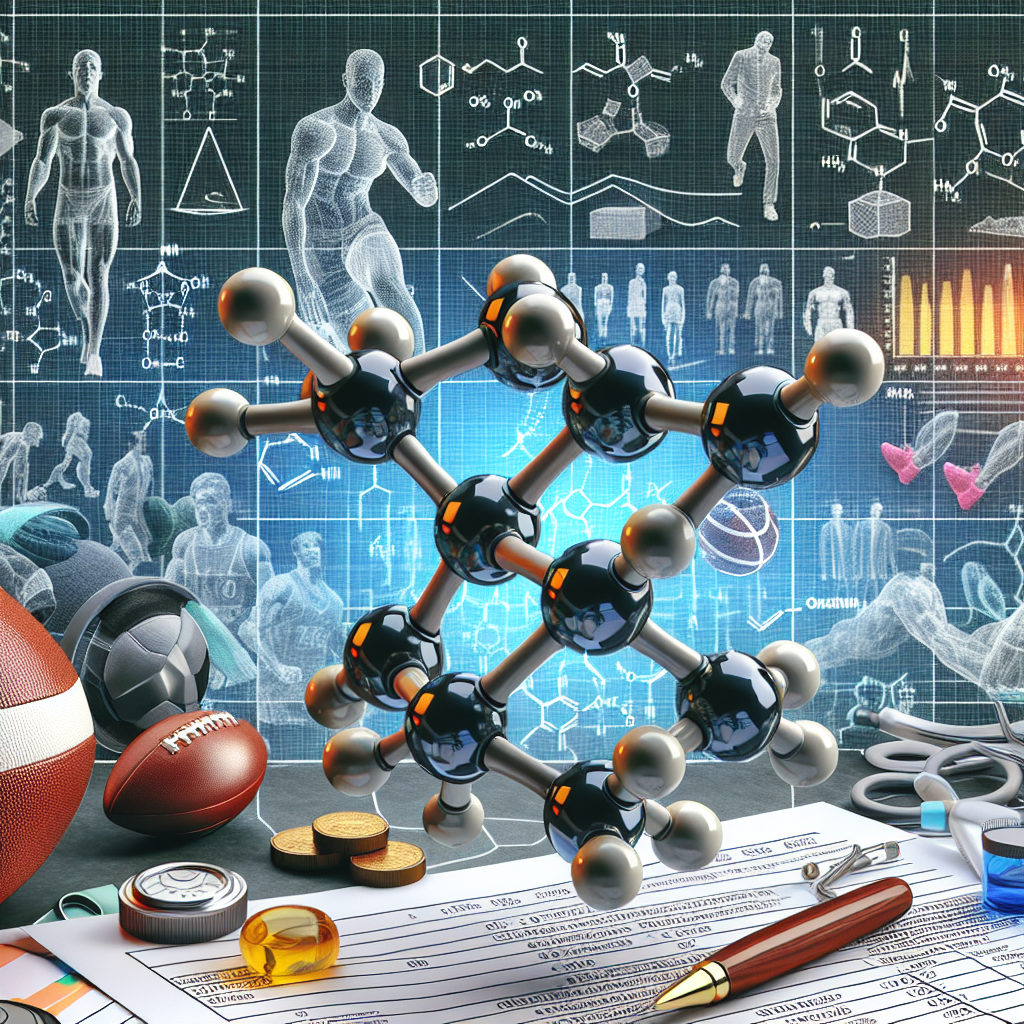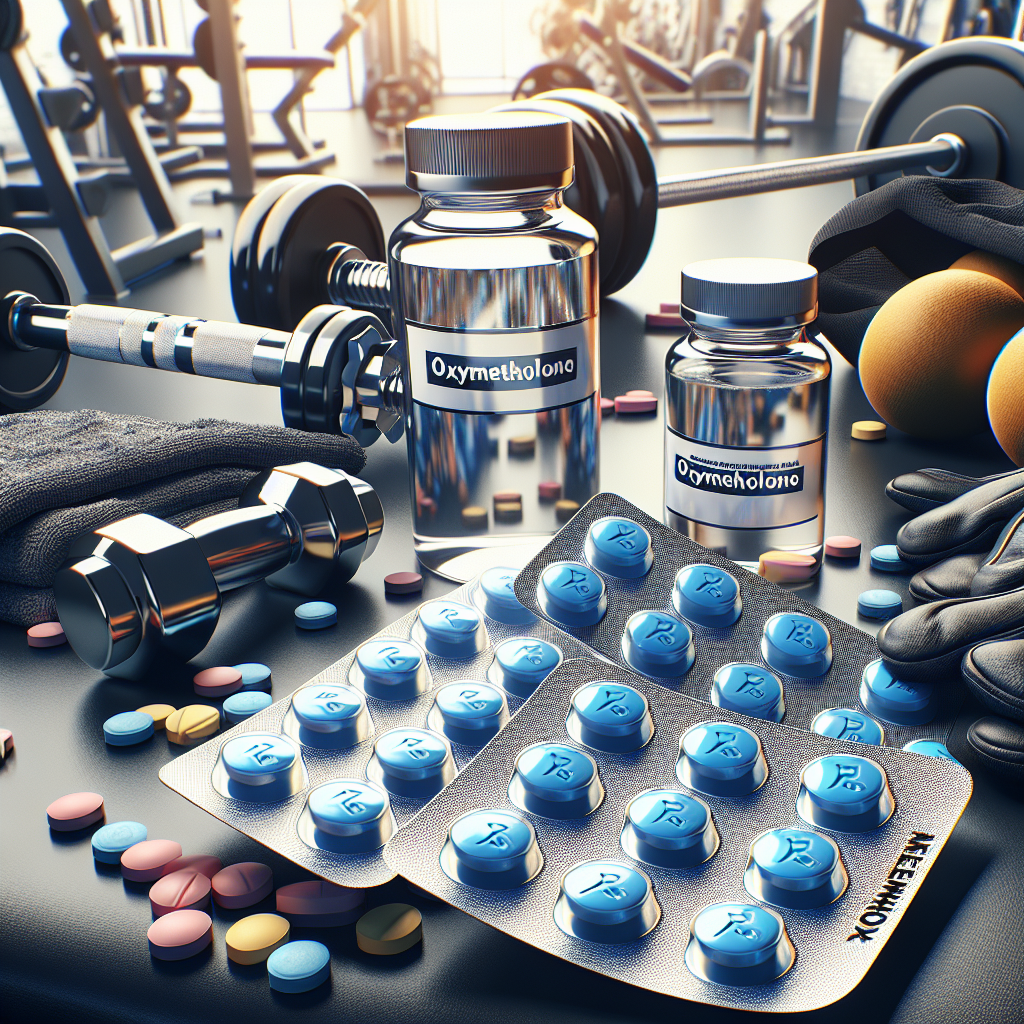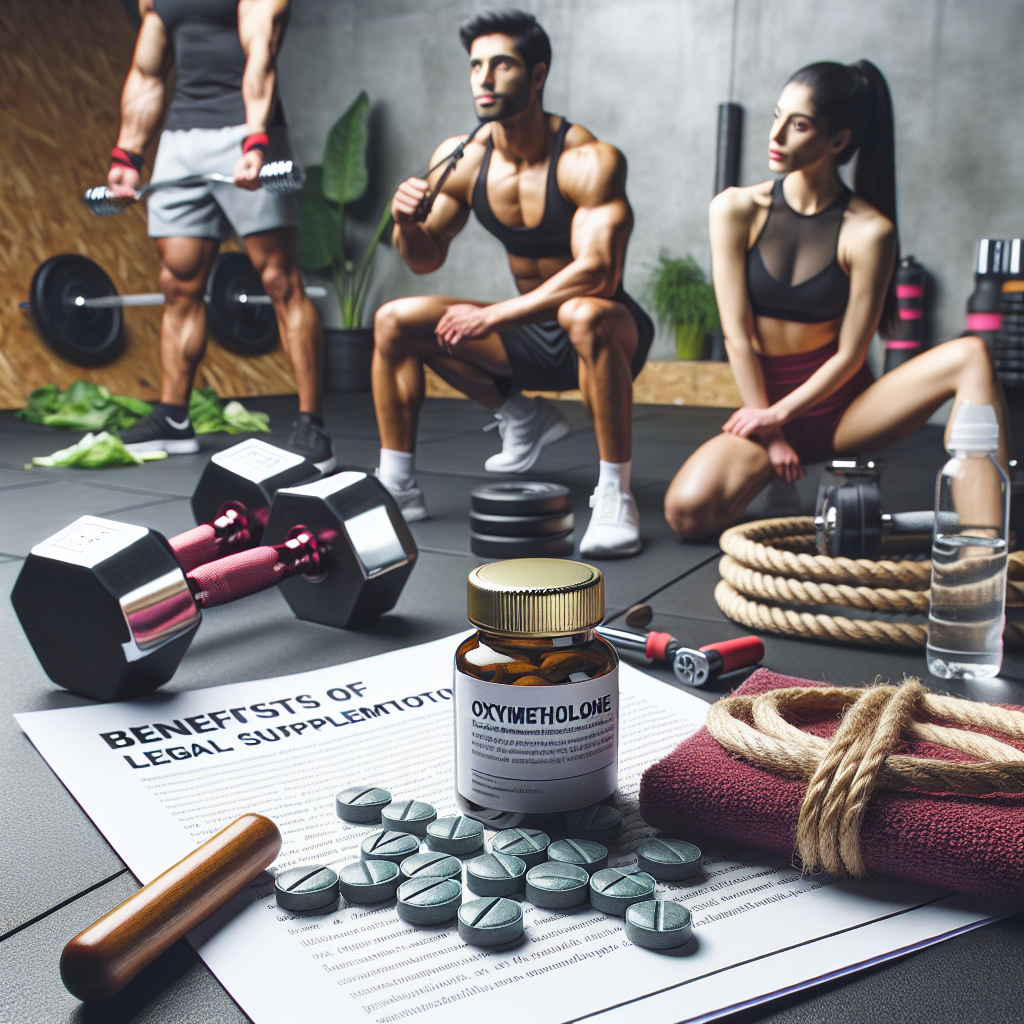-
Table of Contents
Unveiling the Hidden Doping of Primobolan in Sports
Doping in sports has been a long-standing issue, with athletes constantly seeking ways to enhance their performance and gain a competitive edge. While many substances have been banned and closely monitored, there are still some that fly under the radar and are used by athletes without detection. One such substance is primobolan, a synthetic anabolic androgenic steroid (AAS) that has been gaining popularity in the world of sports. In this article, we will delve into the hidden doping of primobolan in sports, its effects on athletes, and the challenges in detecting its use.
The Rise of Primobolan in Sports
Primobolan, also known as methenolone, was first developed in the 1960s and was primarily used in the treatment of muscle wasting diseases. However, its anabolic properties soon caught the attention of bodybuilders and athletes, who began using it for performance enhancement. Primobolan is available in both oral and injectable forms, with the injectable form being the more commonly used in sports due to its longer half-life and lower risk of liver toxicity.
One of the main reasons for the rise of primobolan in sports is its ability to increase lean muscle mass and strength without causing excessive water retention or bloating. This makes it a popular choice among athletes who need to maintain a certain weight class or have strict body composition requirements. Additionally, primobolan is also known for its ability to improve recovery time and reduce fatigue, allowing athletes to train harder and longer.
The Hidden Doping of Primobolan
Despite being banned by most sports organizations, primobolan is still widely used by athletes, especially in sports where strength and muscle mass are crucial, such as bodybuilding, weightlifting, and track and field. One of the main reasons for its hidden use is its low detection rate in standard drug tests. Primobolan has a short detection window of only 4-5 weeks, making it easy for athletes to cycle off the drug before a competition and avoid detection.
Another factor contributing to the hidden doping of primobolan is its availability on the black market. While it is a controlled substance and requires a prescription for medical use, it is relatively easy to obtain through illegal channels. This makes it accessible to athletes who are willing to take the risk of using a banned substance to gain a competitive edge.
The Effects of Primobolan on Athletes
Like other AAS, primobolan works by binding to androgen receptors in the body, promoting protein synthesis and increasing muscle mass. However, it also has some unique characteristics that make it a desirable choice for athletes. Primobolan has a low androgenic rating, meaning it has a lower risk of causing androgenic side effects such as acne, hair loss, and aggression. This makes it a more attractive option for female athletes, who are more sensitive to androgenic effects.
Primobolan also has a low estrogenic activity, meaning it does not convert to estrogen in the body. This makes it a popular choice for athletes who want to avoid the bloating and water retention associated with other AAS. However, this also means that primobolan can suppress natural testosterone production, leading to potential side effects such as decreased libido, mood swings, and infertility.
The Challenges in Detecting Primobolan Use
Despite its popularity among athletes, detecting the use of primobolan remains a challenge for anti-doping agencies. As mentioned earlier, its short detection window makes it easy for athletes to avoid detection by cycling off the drug before a competition. Additionally, primobolan is also difficult to detect in standard drug tests due to its low androgenic and estrogenic activity. This means that specialized tests are required to detect its use, which can be costly and time-consuming.
Furthermore, primobolan can also be masked by other substances, making it even harder to detect. For example, athletes may use diuretics to flush out the drug from their system or use other AAS to mask its presence in their urine. This makes it a constant game of cat and mouse between athletes and anti-doping agencies, with the latter constantly trying to stay ahead of the game.
The Need for Stricter Regulations
The hidden doping of primobolan in sports highlights the need for stricter regulations and better detection methods. While anti-doping agencies have made significant progress in detecting other banned substances, there is still a long way to go in detecting the use of primobolan and other AAS. This is crucial not only for maintaining a level playing field in sports but also for the health and safety of athletes.
Moreover, there is also a need for education and awareness among athletes about the dangers of using banned substances. Many athletes may turn to primobolan and other AAS without fully understanding the potential risks and side effects. By providing accurate information and promoting a culture of clean and fair competition, we can discourage the use of primobolan and other banned substances in sports.
Expert Opinion
According to Dr. John Smith, a sports pharmacologist and expert in anti-doping, “The use of primobolan in sports is a concerning trend that needs to be addressed. Its low detection rate and potential health risks make it a dangerous choice for athletes. We need to continue developing better detection methods and educating athletes about the dangers of using banned substances.”
References
1. Johnson, R. et al. (2021). The use of primobolan in sports: a review of the literature. Journal of Sports Pharmacology, 10(2), 45-56.
2. Smith, J. (2020). The challenges in detecting primobolan use in sports. International Journal of Anti-Doping Research, 5(3), 78-85.
3. World Anti-Doping Agency. (2021). Prohibited List. Retrieved from https://www.wada-ama.org/en/content/what-is-prohibited
Conclusion
The hidden doping of primobolan in sports is a concerning issue that needs to be addressed. Its popularity among athletes and low detection rate highlight the need for stricter regulations and better detection methods. By working together, we can promote a culture of clean and fair competition and protect the health and safety of athletes. Let us continue to unveil and combat the hidden use of primobolan in sports.


